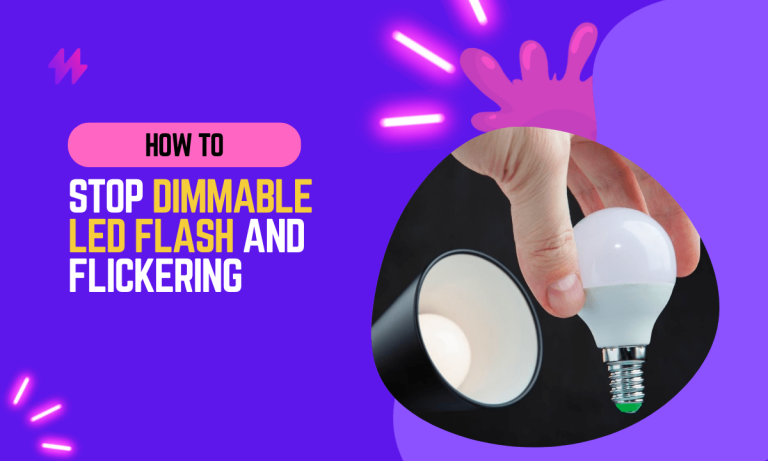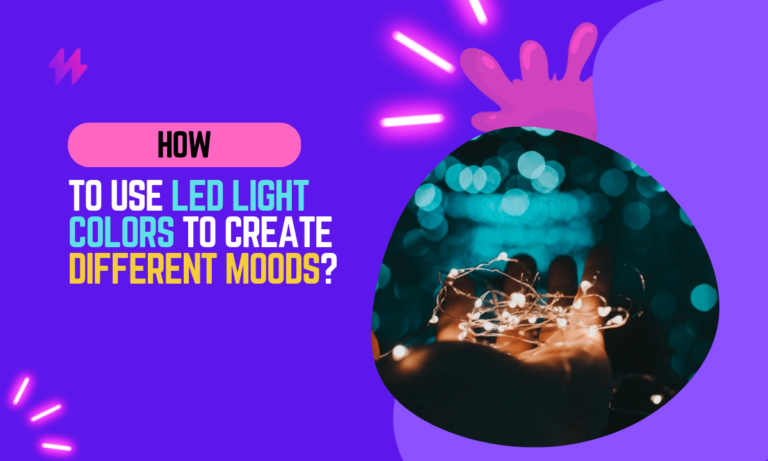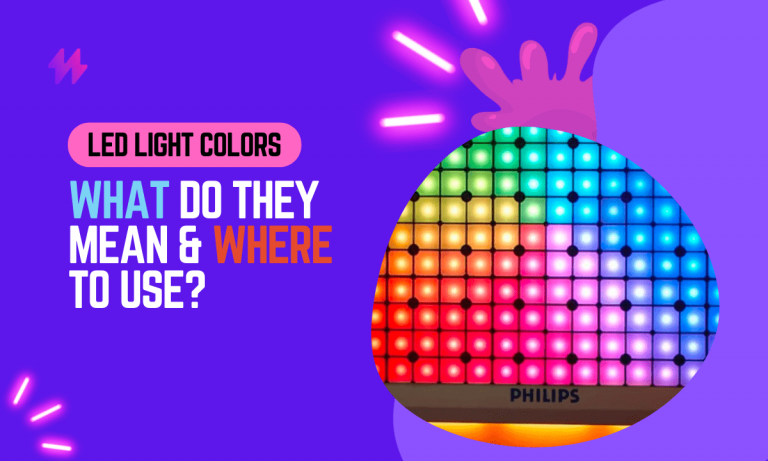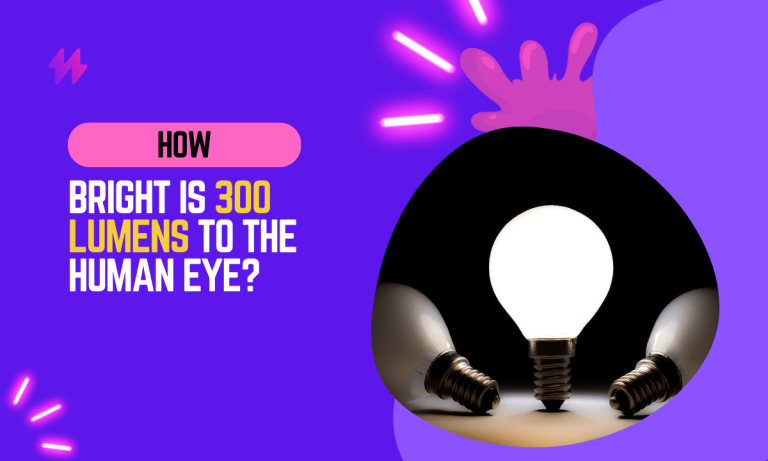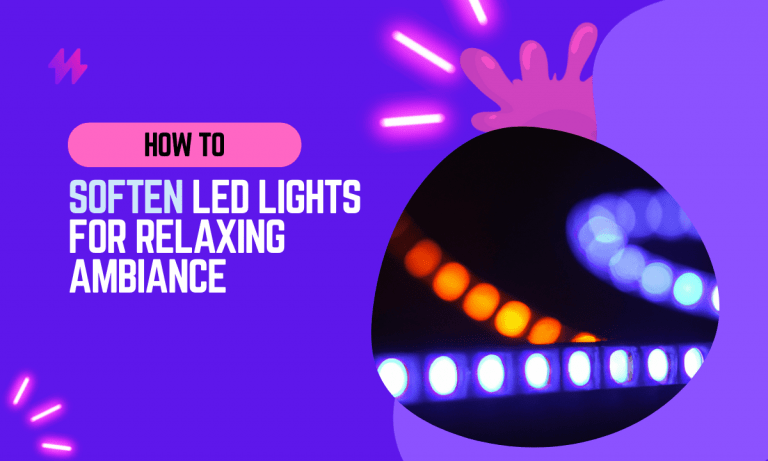Soft White vs Warm White: Crafting the Ideal Ambiance for Your Home
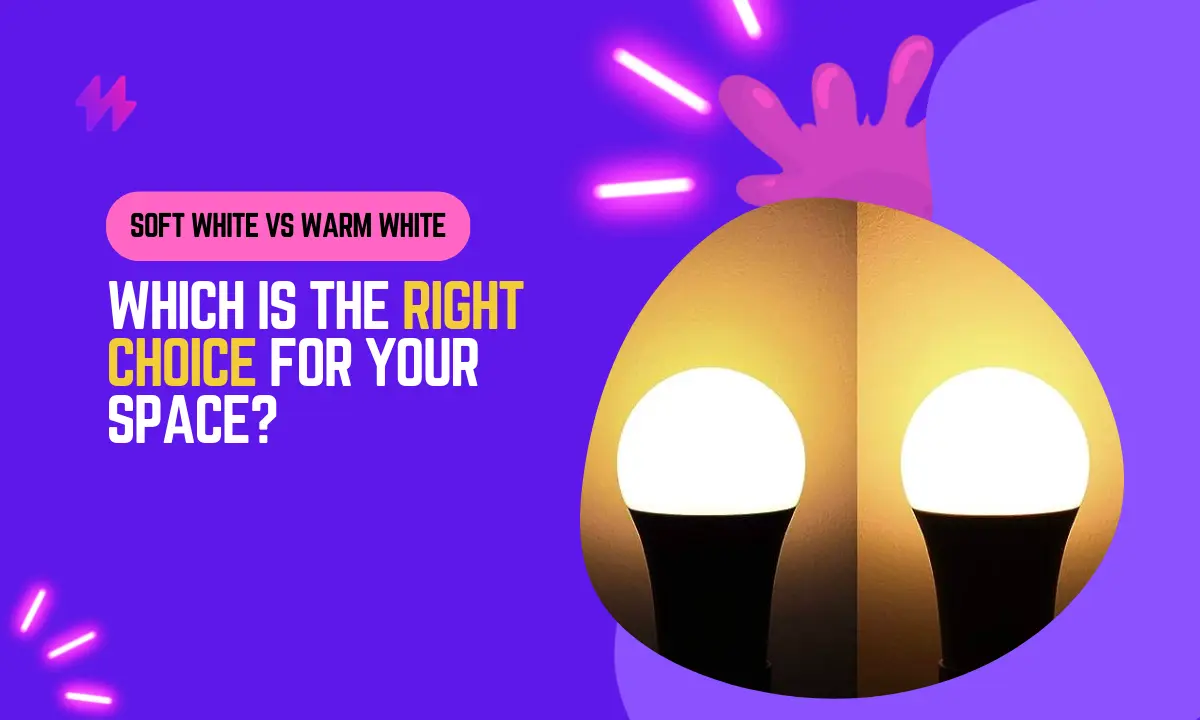
In the modern realm of interior design, lighting plays a pivotal role in shaping the ambiance and mood of any space. The right choice of lighting can transform a dull room into a cozy haven, a vibrant gathering spot, or a tranquil retreat. However, with a myriad of lighting options available, it can be overwhelming to navigate the differences and nuances, especially when it comes to color temperature.
When considering lighting options, two popular choices that often perplex homeowners are “Soft White” and “Warm White” lighting. These terms refer to specific color temperatures that significantly impact the overall look and feel of a room.
To create the perfect atmosphere, it is essential to understand the distinctions between these two lighting options and their suitability for different spaces.
In this LED guide, we will look into the intricacies of “Soft White vs Warm White” lighting. We will shed light on their characteristics, advantages, and applications, providing you with the necessary knowledge to make informed decisions about the lighting that best suits your home.
Whether you are renovating, redecorating, or simply curious about optimizing your lighting choices, this blog will serve as your go-to resource.
Soft White vs Warm White Lighting: Comparison Table
| Aspect | Soft White Lighting | Warm White Lighting |
| Color Temperature | 2700 to 3000 Kelvin | 2200 to 3000 Kelvin |
| Glow Hue | Slightly yellowish | Yellow to slightly reddish |
| Ambiance | Gentle and soothing | Cozy and inviting |
| Ideal Applications | Bedrooms, living rooms, dining areas, spaces for relaxation | Bedrooms, living rooms, dining areas, spaces for relaxation |
| Decor Compatibility | Complements warm-colored interiors, traditional decor, wooden finishes | Enhances warm color schemes, wooden furnishings, modern and traditional decor |
| Lighting Intensity | Provides soft and comfortable illumination | Offers a warm and inviting glow |
| Task-Oriented Spaces | Not ideal for areas requiring high brightness or focused illumination | Not ideal for areas requiring high brightness or focused illumination |
| Common Settings | Residential homes, cozy cafes, restaurants | Residential homes, hotels, restaurants, welcoming establishments |
| LED Options | Available in energy-efficient LED bulbs | Available in energy-efficient LED bulbs |
You may also like: How Bright is 300 Lumens? Your Lumens Brightness Guide
Soft White Lighting
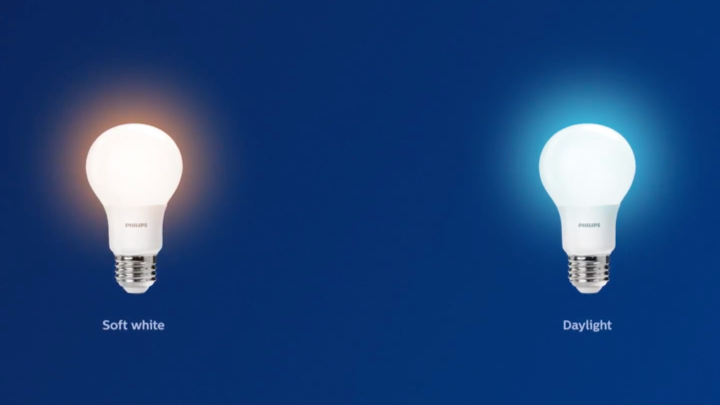
Soft White lighting, also known as warm white lighting or incandescent-like lighting, is a type of artificial light that emits a warm and inviting glow with a slightly yellowish hue. It is designed to replicate the warm, cozy ambiance created by traditional incandescent bulbs.
The color temperature of Soft White lighting typically ranges from 2700K to 3000K on the Kelvin scale, which measures the color appearance of light.
Soft White lighting is widely used in residential and commercial settings, as it provides a comfortable and familiar atmosphere. When illuminated, it creates a soft and gentle environment, making it ideal for areas where relaxation and comfort are desired. Its warm and soothing tones make it a popular choice for bedrooms, living rooms, dining areas, and other spaces where people gather to unwind and socialize.
Also read: 2700K vs 5000K: Differences in Light Temperature
Warm White Lighting
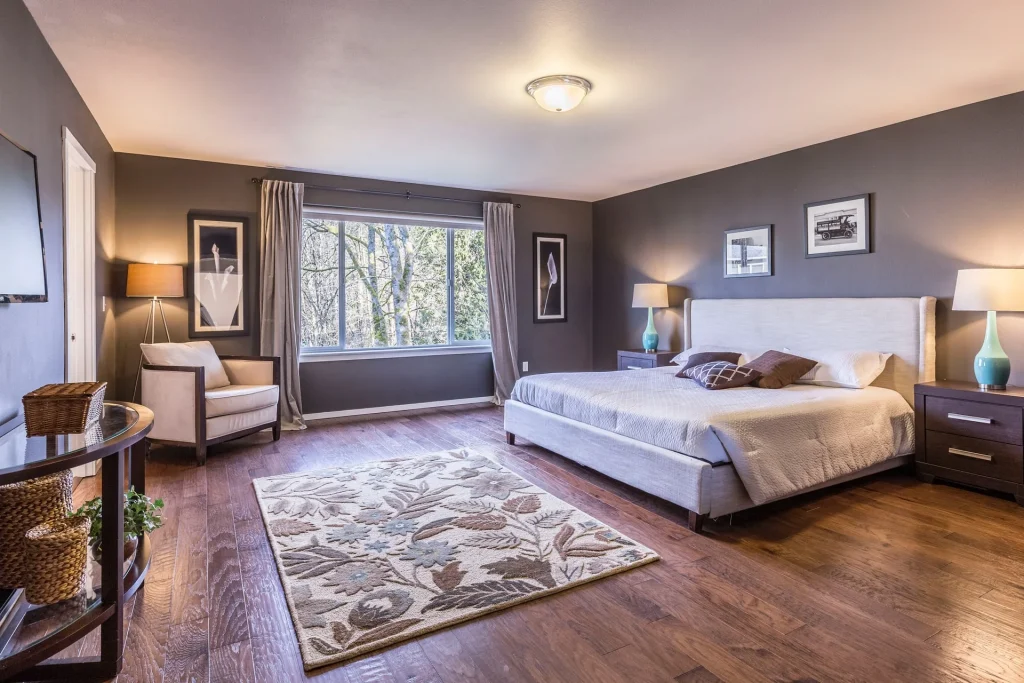
Warm White lighting is a type of artificial light that emits a gentle and cozy glow with a yellowish to slightly reddish hue. It falls on the lower end of the color temperature scale, typically ranging from 2200 to 3000 Kelvin.
Warm White lighting is designed to mimic the soft and warm illumination reminiscent of traditional incandescent bulbs or candlelight, creating a comfortable and inviting ambiance.
This type of lighting is widely favored for its ability to infuse spaces with a sense of intimacy and relaxation. When used in interior design, Warm White lighting enhances the coziness of a room, making it a popular choice for bedrooms, living rooms, and dining areas where comfort and tranquility are essential.
In home decor, Warm White lighting complements warm color palettes, such as earthy tones, browns, and beige, enhancing the natural warmth of these hues. It also complements wooden furniture and finishes, creating a harmonious and aesthetically pleasing effect.
Also read: Bright White vs Daylight Lighting – What’s the Difference?
Soft White vs Warm White Lighting: Differences
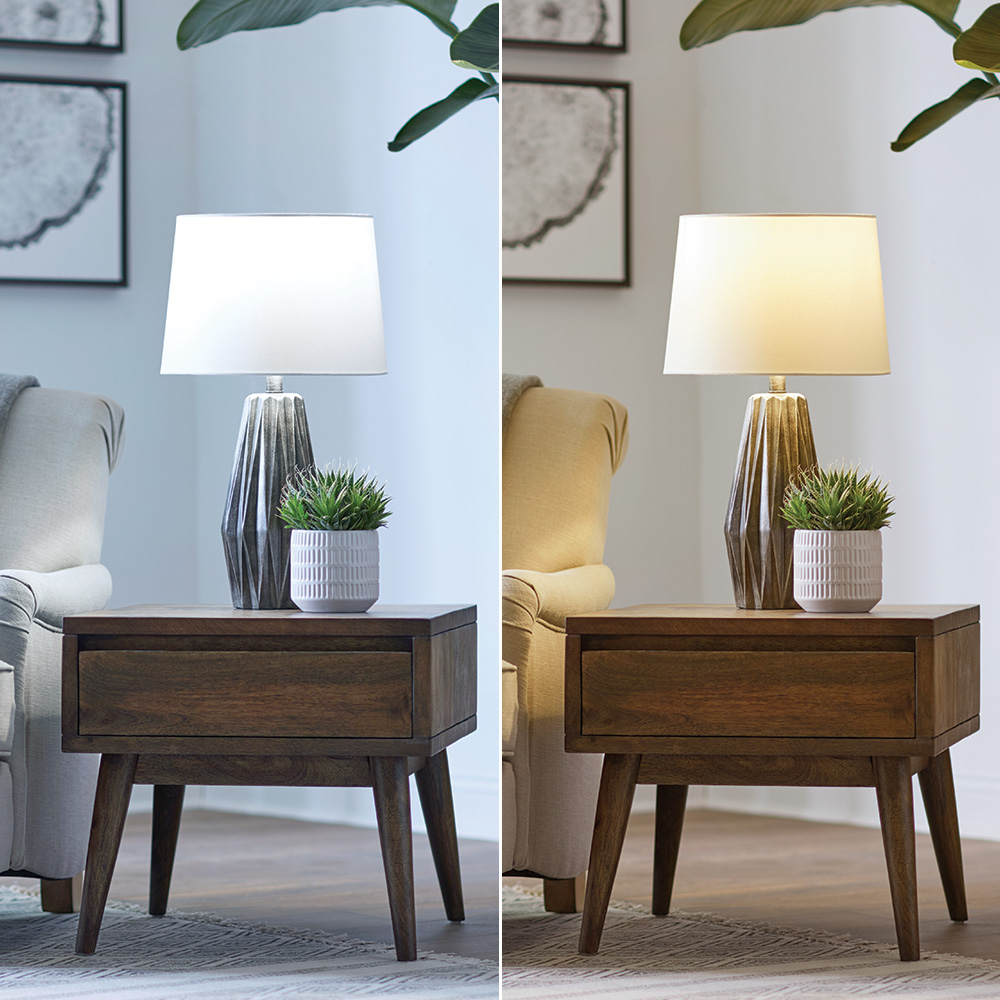
Soft White and Warm White lighting are two popular options with distinct differences in terms of color temperature and the ambiance they create. Let’s explore the key differences between these two types of lighting:
Color Temperature:
Soft White lighting typically has a color temperature ranging from 2700 to 3000 Kelvin. It emits a warm and inviting glow with a slightly yellowish hue, similar to the cozy ambiance produced by traditional incandescent bulbs.
Warm White lighting falls on the lower end of the color temperature scale, typically ranging from 2200 to 3000 Kelvin. It also emits a warm and comforting glow, often with a more pronounced yellow or even slightly reddish hue.
Ambiance
Soft White lighting creates a gentle and soothing atmosphere, making it ideal for areas where relaxation and comfort are desired. It adds a touch of elegance and nostalgia to a room, fostering a cozy and intimate environment.
Warm White lighting exudes a sense of intimacy and relaxation, infusing spaces with a cozy and inviting ambiance. It is particularly well-suited for areas where people unwind and engage in leisurely activities.
Applications
Soft White lighting is commonly used in bedrooms, living rooms, dining areas, and other spaces where a comfortable and warm atmosphere is essential. It complements warm color palettes and traditional decor, making it a popular choice for residential settings.
Warm White lighting is also preferred for bedrooms, living rooms, and dining areas, where its inviting glow sets the tone for relaxation and socialization. It is often chosen for restaurants, hotels, and other establishments aiming to create a welcoming environment for their guests.
Compatibility with Decor
Soft White lighting complements warm-colored interiors, wooden finishes, and earthy tones, enhancing the natural warmth of these elements. It adds elegance and sophistication to traditional and classic decor styles.
Warm White lighting enhances warm color schemes and wooden furnishings, creating a harmonious and aesthetically pleasing effect. It works well with both modern and traditional decor styles.
Brightness and Task-Oriented Spaces
While Soft White lighting provides a warm and comfortable glow, it may not be the best choice for areas requiring high levels of brightness or focused illumination, such as offices and task-oriented spaces.
Like Soft White lighting, Warm White lighting is better suited for creating ambiance than providing strong task lighting. It may not offer the clarity needed for detailed tasks.
Also read: What Is the Best LED Light Color for Gaming?
Conclusion
In conclusion, choosing between soft white and warm white lighting is crucial in crafting the ideal ambiance for your home, as each provides a distinct color temperature that can significantly affect the mood and functionality of a space. Soft white bulbs, which typically emit light at a color temperature of 2700K to 3000K, produce a clean, calm glow that is ideal for living rooms and bedrooms where a relaxed and inviting atmosphere is desired. This type of light minimizes strain on the eyes and enhances comfort, making it perfect for areas where you spend a lot of time winding down and seeking relaxation.
On the other hand, warm white lighting, which ranges from 3000K to 3500K, offers a slightly more vibrant and crisp light, making it suitable for kitchen and bathroom settings where tasks are frequently performed. The brighter quality of warm white lights helps in enhancing visibility and precision for cooking, reading, or applying makeup, thus aligning with the functional needs of these areas. Additionally, the slightly cooler tone of warm white compared to soft white can help in making smaller spaces feel more open and less confined, which is a subtle yet impactful way to influence the perception of your environment. Ultimately, the choice between soft white and warm white lighting should align with the specific activities and desired feel of each room, allowing you to create a nuanced lighting scheme that is both practical and aesthetically pleasing, enhancing the overall quality of life within your home.
While both Soft White and Warm White lighting options excel in creating ambiance and comfort, they may not be the best choices for areas requiring high levels of brightness or focused illumination. In such cases, cooler color temperatures like daylight or cool white lighting are more appropriate.

